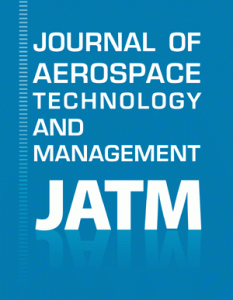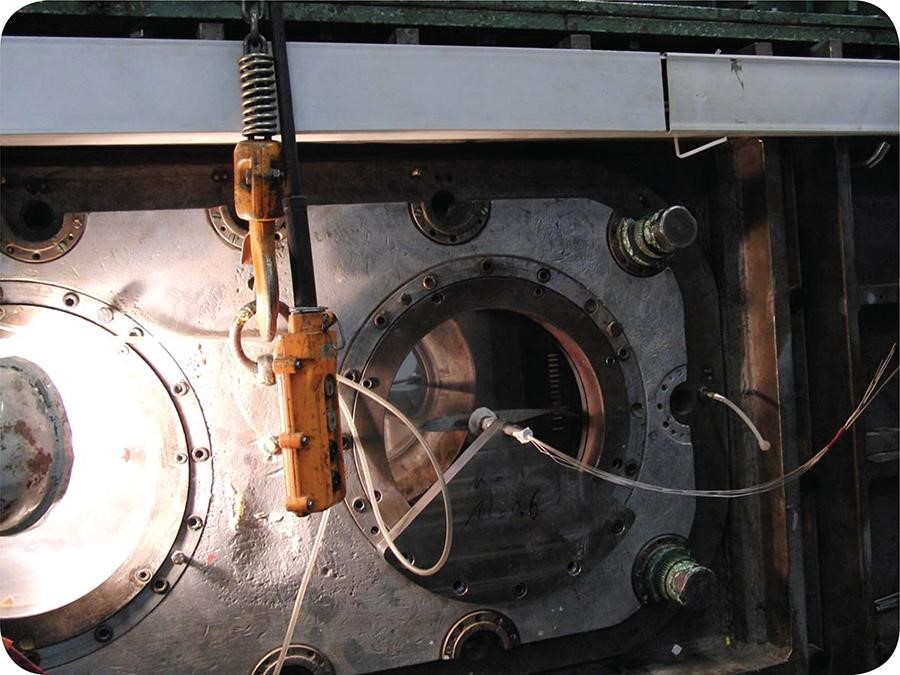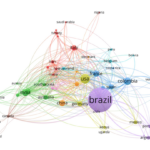By Rosa Moraes, Scientific Journalist, Linceu Editorial, São José dos Campos, SP, Brazil
Problems in aviation associated with flutter and buffet effects can be minimized by understanding the unsteady aerodynamic behavior of airfoils. The original article “Experimental and numerical study of the unsteady wake of a supercritical airfoil in a compressible flow.” featured in Vol. 11 of Journal of Aerospace Technology and Management show the use of hot wire sensors in measuring the wake of a supercritical airfoil in a compressible flow in a transonic wind tunnel.
The presented research was developed in 2017 by scientists from Amirkabir University of Technology in Tehran Iran, and considers the need for more studies using hot wire anemometry to investigate wake profiles in compressible flows, mentioning previous studies conducted on the unsteady flow wake that points that despite the vast literature on the subject, it is still not exhausted regarding the study of the application of hot wire anemometry, since most of the research cited were performed at low velocities.
A supercritical airfoil is designed primarily to delay the onset of wave drag, improving performance of aircraft cruising in a transonic range. The hot wire anemometry technique is limited in transonic flows due to its conditions that may lead to major problems such as wire breakage and unreliable signal interpretation.
In this research, static and dynamic tests were conducted in a tri-sonic wind tunnel, for both fixed and oscillating airfoils. Then a numerical study was applied to the same airfoil, under similar test conditions. The wake behaviour was identified through statistical and frequency analysis of hot wire output, Mach contours and velocity profiles.
Figure 1. Model in test chamber.
The paper describes the conditions under which the tests were taken, providing a detailed report of the experimental set up, illustrated with images and graphics. The wake profile of the supercritical airfoil model Sc(2)0410 was studied at Mach numbers of 0.4 and 0.6 in a pitch motion. The numerical study was performed using the Ansys CFX software. Governing equations and references for the methods applied are brought on the article.
Finally, wake profiles obtained from both numerical and experimental methods were compared. The results of the research were categorized in two sections, separating the data from statistical and frequency analysis of hot wire sensor voltages, and the velocity profiles derived from calibration. The method used was the indirect calibration method, as introduced by Stainback and Nagabushana (1993) and Stainback, Johnson and Basnett (1983).
References
STAINBACK, P.C., JOHNSON, C.B. and BASNETT, C.B. Preliminary measurements of velocity, density and total temperature fluctuations in compressible subsonic flow. In: Aerospace Sciences Meeting, Reno, 1983 [viewed 9 August 2019]. Available from: https://arc.aiaa.org/doi/abs/10.2514/6.1983-384
STAINBACK, P.C. and NAGABUSHANA, K.A. Review of hot-wire anemometry techniques and the range of their applicability for various flows. Electronic Journal of Fluids Engineering, Transactions of the ASME. 1993, pp. 1-54 [viewed 9 August 2019]. Available from: http://web.iitd.ac.in/~pmvs/courses/mel705/hotwire1.pdf
To read the article, access it
BOROUMAND, B.B. and MANI, M. Experimental and Numerical Study of the Unsteady Wake of a Supercritical Airfoil in a Compressible Flow. J. Aerosp. Technol. Manag. [online]. 2019, vol. 11, e0319, ISSN: 2175-9146 [viewed 9 August 2019]. DOI: 10.5028/jatm.v11.955. Available from: http://ref.scielo.org/dgchcf
External link
Journal of Aerospace Technology and Management – JATM: <http://www.scielo.br/jatm>
Como citar este post [ISO 690/2010]:



















Recent Comments